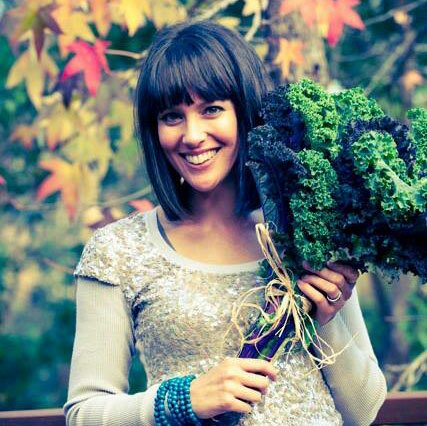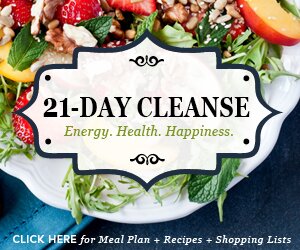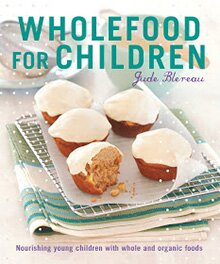Edible Flowers, grown and gathered.

I’m so happy to bring you some great info on edible flowers today! Edible flowers are an instant party starter in my opinion. They bring colour, fun and glam to almost any dish. Throw some nasturtiums over a baked potato, or some lavender in a dessert, and you have immediate pretty and uniqueness! They can also be used therapeutically, and in practice I regularly use liquid herbs made from some varieties along with their leaves/roots – in particular calendula (marigold), dandelion, lavender, chamomile, marshmallow, and fennel.
A few months ago I met the gorgeous Lentil and Matt from Grown and Gathered – pictured below. Together they run a small farm in country Victoria, and share their wonderful, unique harvest of vegetables, herbs, cut and edible flowers, and even home-made bread with Melbourne each week. My favourite part is their ‘flower exchange’, where you are encouraged to bring something to exchange for some cut flowers (if you want to!).
I am so happy to bring you some insight and wisdom from Lentil on edible flowers – what to look out for, and how to grow them yourself.

Lentil says:
So, what’ s edible?
CAUTION: To eat flowers, they need to be organic – flowers are often sprayed with all kinds of chemicals not intended for food, especially if they are imported. Many common flowers are also extremely poisonous, including: lily of the valley, daphne, foxgloves, anemone, daffodils, iris and sweet pea pods. So please don’t start eating your everyday supermarket flower or flowers you can’t identify as edible.
There are hundreds of edible flowers, most commonly used for a combination effect, adding texture, flavour and “style” a dish.
Some of the most commonly grown and used flowers include: roses, chamomile, herb flowers (basil, chives, dill, ), vegetable flowers (parsnip, onion, …



 Welcome to the wonderful world of FERMENTATION! I’ll be your host, Meg. I’ve been wanting to write about this for a long time, as it is a topic close to my heart – and I have a book coming out soon on fermented beverages!! Fermenting is also a very big topic, so I have decided to break it down into a few episodes. This first foray into fermentation is all about culturing vegetables. It is one of the least intimidating ways to ferment, as you don’t need any special starters or equipment. Just a little patience {insert Guns n’ Roses style whistle….any late 80′s early 90′s music fans out there? Anyone??}.
Welcome to the wonderful world of FERMENTATION! I’ll be your host, Meg. I’ve been wanting to write about this for a long time, as it is a topic close to my heart – and I have a book coming out soon on fermented beverages!! Fermenting is also a very big topic, so I have decided to break it down into a few episodes. This first foray into fermentation is all about culturing vegetables. It is one of the least intimidating ways to ferment, as you don’t need any special starters or equipment. Just a little patience {insert Guns n’ Roses style whistle….any late 80′s early 90′s music fans out there? Anyone??}.


















